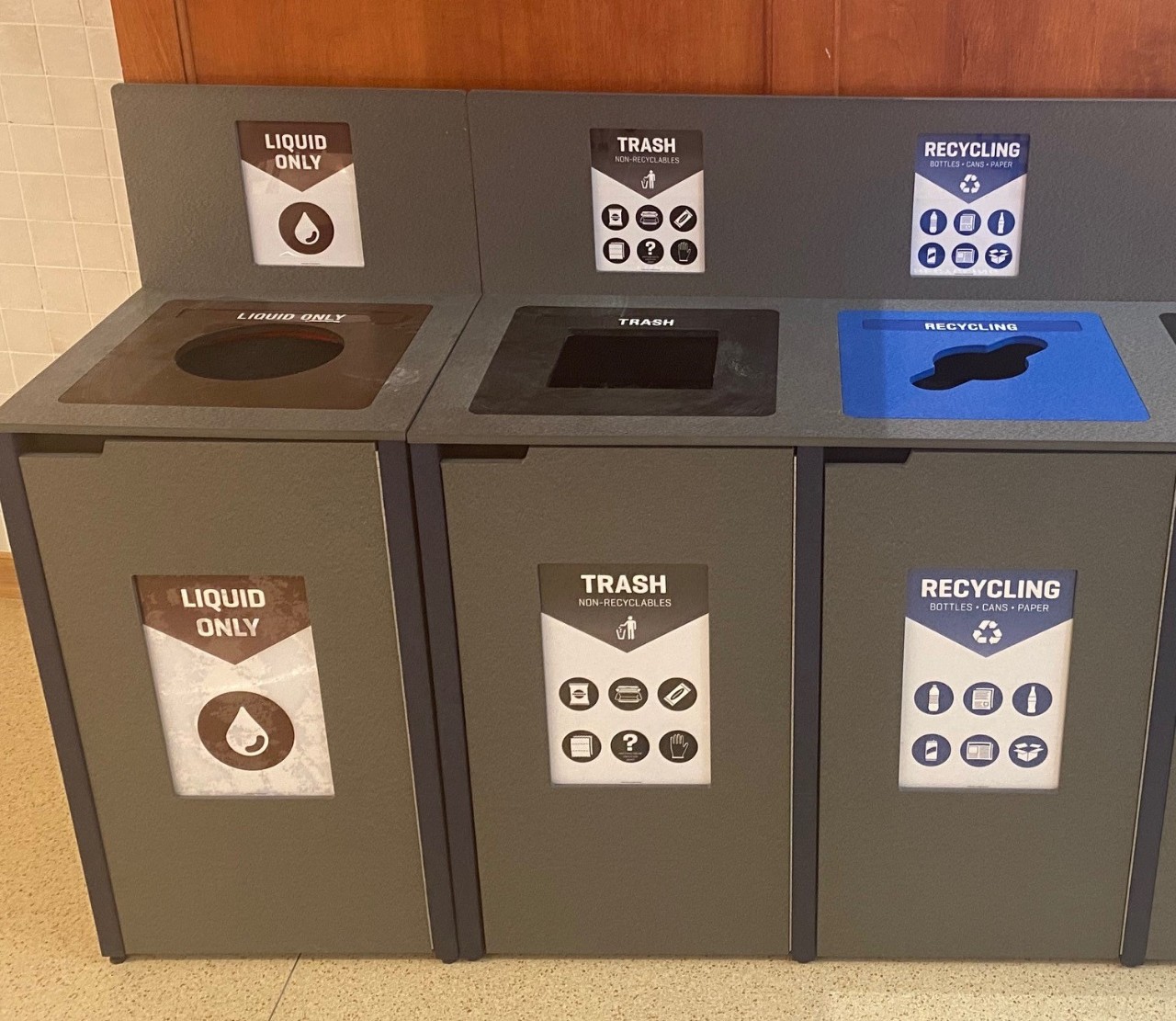How Fluid Garbage Disposal Works: A Thorough Review of Strategies and Technologies Used

Summary of Liquid Waste Types
The intricacy of liquid waste kinds demands an extensive understanding of their characteristics and implications for disposal. Liquid waste can generally be classified into numerous kinds, including industrial, local, farming, and hazardous waste. Each category shows distinctive residential or commercial properties, needing specific administration techniques to minimize ecological and wellness risks.
Industrial fluid waste originates from manufacturing processes and frequently contains a series of impurities, such as heavy metals, solvents, and natural compounds. Local liquid waste, mostly consisting of wastewater from households and industrial facilities, has natural issue, nutrients, and virus (industrial wastewater treatment). Agricultural liquid waste, including drainage from farms, might have fertilizers, pesticides, and animal waste, positioning risks to water quality and environments
Dangerous liquid waste is characterized by its toxicity, sensitivity, or potential to create harm. Comprehending these varied liquid waste types is essential for establishing efficient disposal techniques and making certain compliance with ecological policies.
Physical Therapy Techniques

Screening is the first action, where larger fragments and particles are gotten rid of from the fluid waste utilizing displays or grates. In sedimentation tanks, larger fragments settle at the base, forming a sludge layer, while the made clear liquid can be more treated.
Purification is another essential method that entails passing the fluid through porous materials, such as sand or membranes, to record smaller particles. This action boosts the top quality of the liquid, making it ideal for succeeding treatment processes.

Chemical Treatment Methods
Chemical therapy strategies are essential for successfully handling fluid waste, especially in dealing with liquified and colloidal pollutants that physical approaches might not effectively remove. These strategies make use of various chemical representatives to neutralize, precipitate, or change hazardous materials right into less harmful types.
One usual technique is coagulation and flocculation, where chemicals such as alum or ferric chloride are contributed to advertise the gathering of suspended bits. This procedure enhances sedimentation, enabling less complicated removal of the resulting sludge. In addition, oxidation processes, utilizing representatives like chlorine or ozone, are employed to damage down complicated natural substances and pathogens, making the waste safer for discharge or additional treatment.
Neutralization is one more crucial technique, which readjusts the pH of acidic or alkaline waste streams to neutral degrees, protecting against prospective damage to downstream systems and the atmosphere. Additionally, progressed oxidation processes (AOPs) use combinations of oxidants and ultraviolet light to weaken persistent pollutants, attaining a greater degree of therapy effectiveness.
Organic Therapy Procedures
Biological treatment procedures play an essential role in the management of liquid waste by using microbes to decay raw material and reduce pollutant levels. These processes can be broadly categorized into anaerobic and cardio click over here treatments, each utilizing specific microbial neighborhoods to achieve efficient waste degradation.
Cardio treatment involves using oxygen to assist in the breakdown of organic materials by germs. This procedure is typically executed in activated sludge systems, where aeration containers give a helpful setting for microbial growth, causing the oxidation of organic toxins. The resultant biomass can be separated from treated effluent through sedimentation.
In contrast, anaerobic therapy happens in the lack of oxygen, relying upon various microorganisms to break down raw material. This approach is specifically advantageous for high-strength waste, as it generates biogas, a renewable resource source, while minimizing sludge production. Technologies such as anaerobic digesters are often used in commercial and metropolitan applications.
Both anaerobic and cardio organic therapies not only reduce the environmental impact of liquid waste however also assist in resource recovery, making them important components of sustainable waste monitoring strategies. Their efficiency, performance, and flexibility sustain their extensive implementation throughout numerous sectors.
Arising Technologies in Disposal
Ingenious methods to liquid garbage disposal are rapidly advancing, driven by advancements in modern technology and a boosting focus on sustainability. Among these emerging technologies, membrane bioreactors (MBRs) have actually gotten traction for their capability to incorporate organic therapy with membrane layer filtering, resulting in high-quality effluent that can be reused in various applications. MBRs allow smaller footprints and a lot more efficient operations compared to conventional systems.
Another promising growth is the use of anaerobic digestion combined with nutrient recuperation technologies, which not only deals with fluid waste however also generates biogas and recovers important nutrients like nitrogen and phosphorus. This dual advantage improves source effectiveness and decreases ecological influence.
Furthermore, progressed oxidation procedures (AOPs) are being embraced for the deterioration of complicated natural toxins. These approaches utilize powerful oxidants and catalysts to break down contaminants at the molecular level, using a very reliable option for visit this site challenging waste streams.
In addition, the integration of expert system and machine understanding in waste monitoring systems is optimizing operational efficiency and predictive maintenance, leading to minimized expenses and boosted ecological compliance. These innovations show a considerable shift in the direction of even more effective and sustainable fluid waste disposal practices.
Verdict
In verdict, efficient liquid waste disposal requires a thorough understanding of numerous techniques and technologies. The integration of physical, chemical, and organic therapy approaches guarantees the reliable administration of varied waste kinds. Furthermore, the development of cutting-edge technologies enhances therapy efficiency and promotes sustainability in waste management methods. By continuously advancing these approaches, it becomes feasible to address the expanding difficulties connected with fluid waste, eventually adding to environmental management and source healing.
Fluid waste click for info disposal is an important facet of environmental monitoring, requiring a detailed understanding of various methods and modern technologies customized to various waste kinds. Liquid waste can generally be categorized into numerous types, including commercial, municipal, agricultural, and harmful waste. Agricultural liquid waste, consisting of runoff from farms, might have fertilizers, chemicals, and pet waste, posturing threats to water top quality and environments.
Numerous physical treatment techniques play an important function in managing fluid waste efficiently - industrial wastewater treatment.In conclusion, efficient fluid waste disposal necessitates a detailed understanding of various strategies and technologies